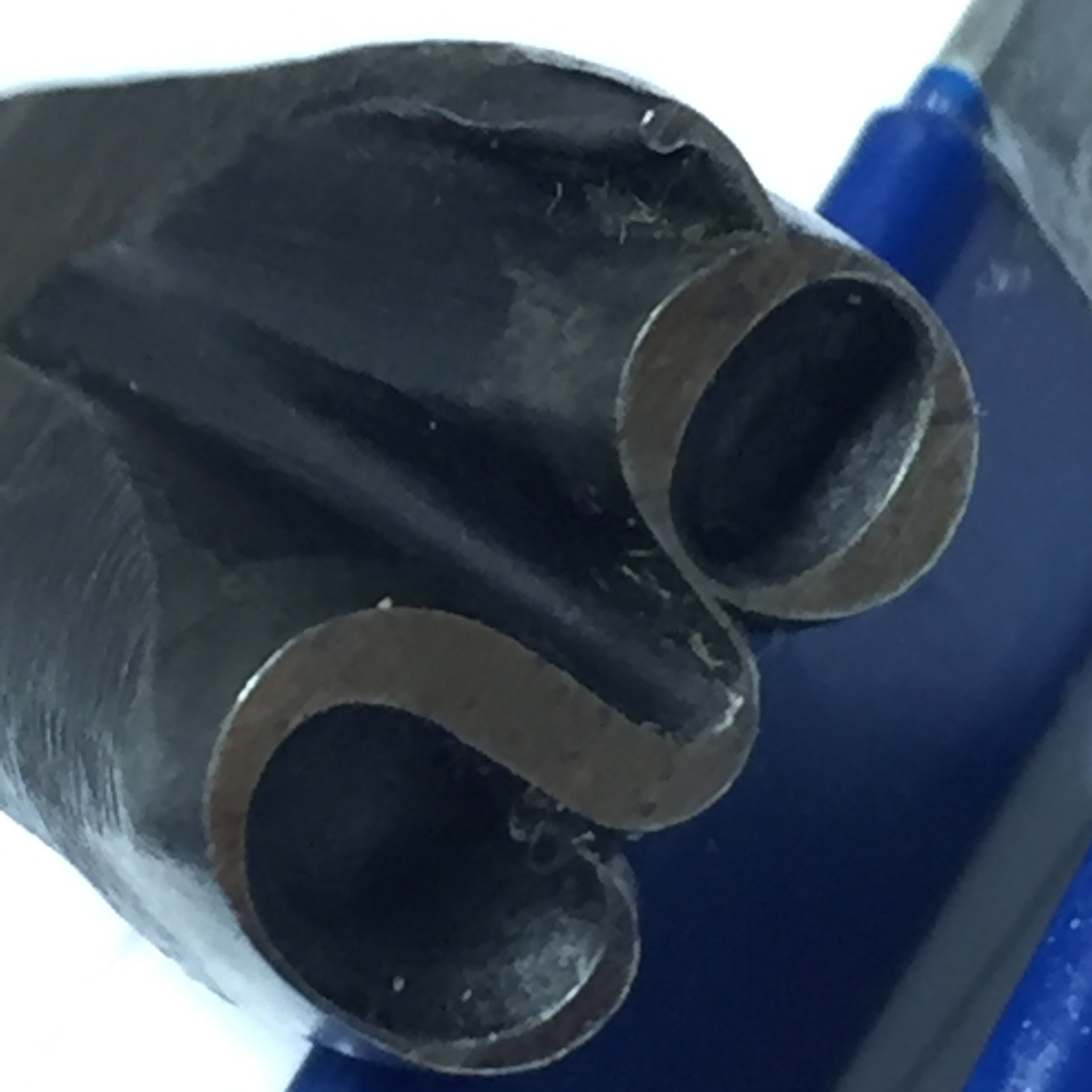Gurmukhi printing types: an historical analysis of British design, development, and distribution in the nineteenth and twentieth centuries
Dr Sahar Afshar (awarded 2022)
Supervisors; Dr Caroline Archer-Parré, Dr Fiona Ross
This thesis focuses on the role of British entities involved in the founding and development of printing in the Gurmukhi script, from the inception of printing in this writing system with movable type in 1800, until the beginnings of the digital era in the twentieth century. It traces the material production of Gurmukhi printing types under the changing technologies during this time frame and considers the impacts of various technological limitations on the appearance of the script when printed. Furthermore, it identifies the intent and objectives of those producing founts in a script foreign to them, and considers their approaches for overcoming various cultural, social, and economic obstacles, to determine how successful they were in realising their aims for printing in this writing system. Finally, it presents a comparative analysis of the founts developed during this period to highlight key typographic developments in the printing of Gurmukhi by the individuals and companies under consideration, and determines significant design decisions that influenced and informed subsequent developments.
The research draws on largely unexplored primary resources housed in various archives across Britain, that provide a window into the practises and networks for the British type founders under consideration, shedding light on the establishment, organisation, and development of these actors’ operations, the modus operandi, and the networks that enabled and sustained it. This work aims to document a substantial gap in the history of Gurmukhi typographic development and printing, and serve as a contribution to the interrelated fields of typography, printing history, and culture alike.




